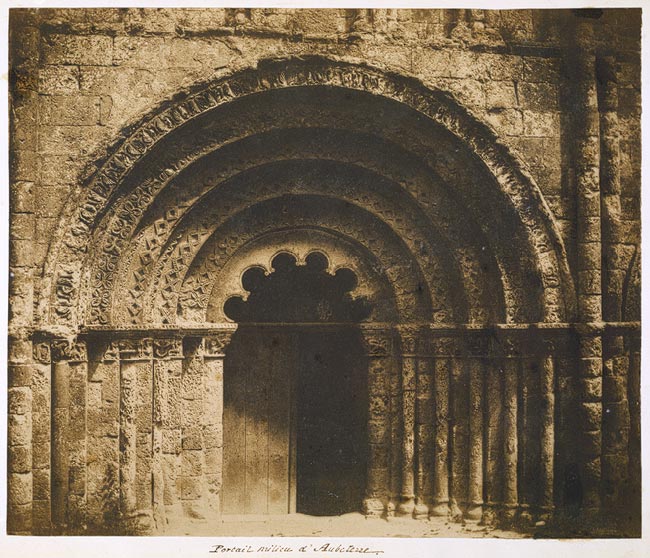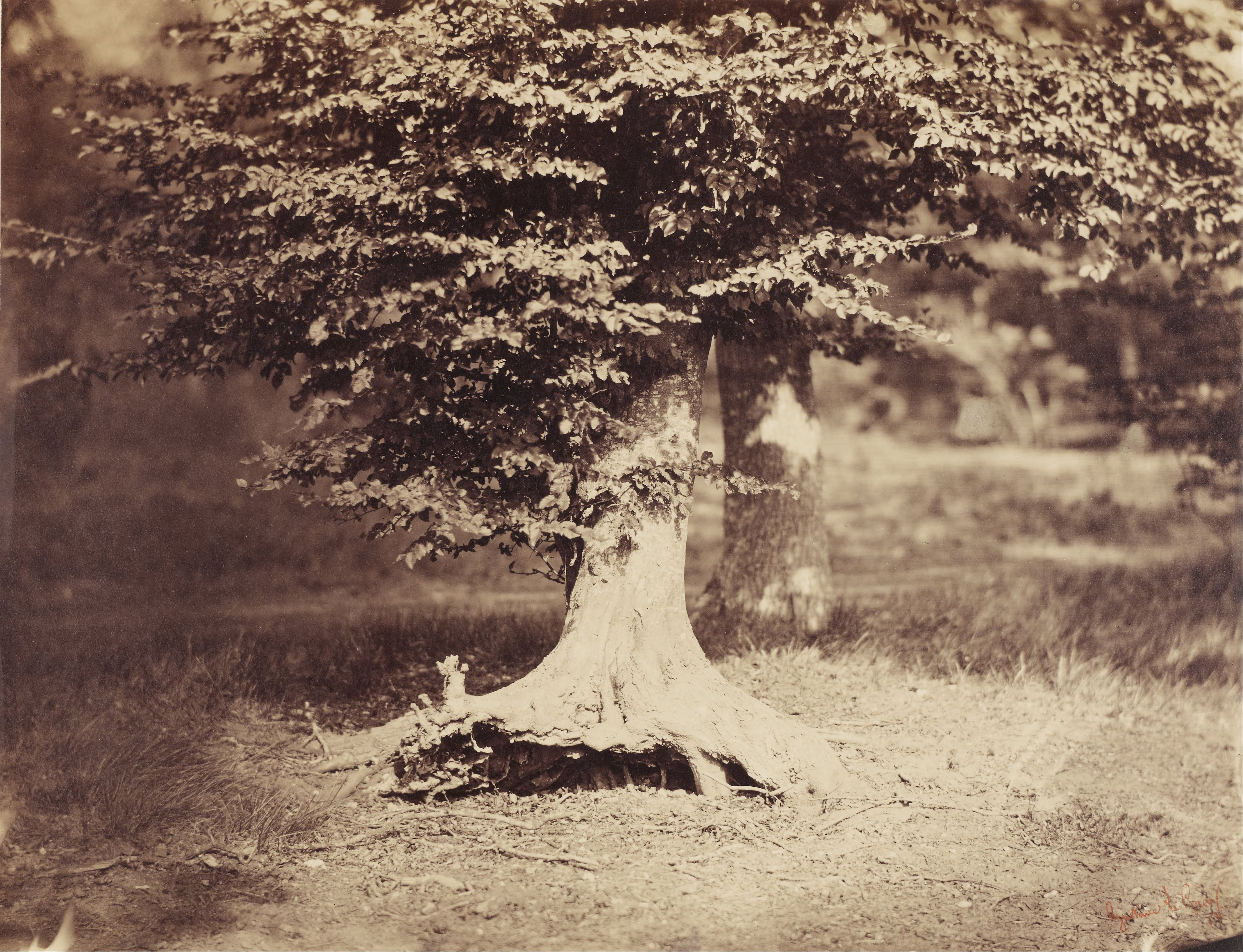
Amy Sherald’s Miss Everything (Unsuppressed Deliverance)
Aside from The Renwick Gallery’s current “Wonder” show, no other exhibit in DC has gained as much attention this year as the National Portrait Gallery’s Outwin Boochever Portraiture Competition. If the expressionless face of Miss Everything (Unsupressed Deliverance) staring at you from above an over-sized teacup looks familiar, it’s probably because you’ve already seen it in half a dozen Instagram posts. The winning portrait, by Baltimore-based artist Amy Sherald, has already become a fan favorite. Sherald’s painting represents a duality of experience and identity: the two halves of the dress, that keep the eye moving back and forth between the panels; the contrast of blue and red; the double meaning of the name–is the woman Miss Everything, or do we, the spectators, miss (v.) everything (collective n.)?
As a body of work, Sherald’s portraits draw attention to race by removing color altogether from her subject’s bodies, painting them in gray, setting the features off from the bright, primary backgrounds. Sherald writes on her website, “My work began as an exploration to exclude the idea of color as race from my paintings by removing ‘color’ but still portraying racialized bodies as objects to be viewed through portraiture.” Her paintings make you not just self-aware, but self-conscious of your position. In Ways of Seeing, John Berger writes that, “Men act and women appear. Men look at women. Women watch themselves being looked at…aware of being seen by a spectator.” Miss Everything is double-objectified, a black woman presented as the object of an assumed (white? male?) spectator while she stares back, neither defiant, nor complacent, but simply ambivalent.
Without a doubt, Miss Everything (Unsupressed Deliverance) is worthy of the Outwin Prize, and its sudden propulsion into social media fame. But the piece I haven’t stopped thinking about is the one I almost didn’t see at all. I entered the space with eyes darting expectantly from wall to wall, searching for the blue dress and red flower from Sherald’s painting, and barely noticed what I mistook as signage for the exhibit. I walked right underneath it. I didn’t glance up.
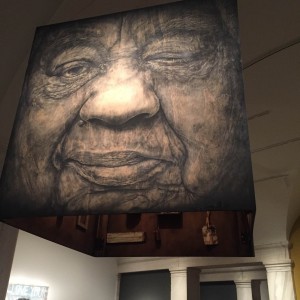 Unlike the two dimensional portraits that hang flush against the wall, mixed-media artist Adrián ‘Viajero’ Román’s Caja De Memoria Viva II: Constancia Colon Clemente is a large, bottomless box dangling from the ceiling in the middle of the room. The visitor approaches from its side, seeing a swirling mass of charcoal, a seemingly abstract form on a wooden surface. Then vaguely, gently, you begin to notice an ear, an earring, and stepping towards the corner of the box, another image appears. Depending on which way you step, you’re either looking at a black and gray braided knot, or, stepping the other way, the face of Constancia Colon Clemente, the artist’s grandmother. The face swells and sags with age and, possibly, a stroke–the left eye is almost completely closed, the corner of the mouth pinched, while the right side pulls into a subtle smile. Light from inside the box shines through her face, and catches on the long, white hairs patched around her mouth and chin. The texture of the wood surface is, in some places, visible beneath the charcoal skin, and in others, completely indistinguishable.
Unlike the two dimensional portraits that hang flush against the wall, mixed-media artist Adrián ‘Viajero’ Román’s Caja De Memoria Viva II: Constancia Colon Clemente is a large, bottomless box dangling from the ceiling in the middle of the room. The visitor approaches from its side, seeing a swirling mass of charcoal, a seemingly abstract form on a wooden surface. Then vaguely, gently, you begin to notice an ear, an earring, and stepping towards the corner of the box, another image appears. Depending on which way you step, you’re either looking at a black and gray braided knot, or, stepping the other way, the face of Constancia Colon Clemente, the artist’s grandmother. The face swells and sags with age and, possibly, a stroke–the left eye is almost completely closed, the corner of the mouth pinched, while the right side pulls into a subtle smile. Light from inside the box shines through her face, and catches on the long, white hairs patched around her mouth and chin. The texture of the wood surface is, in some places, visible beneath the charcoal skin, and in others, completely indistinguishable.
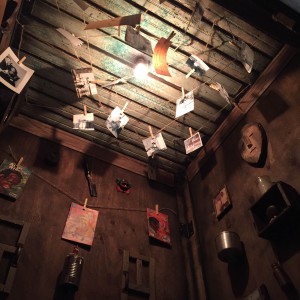 As you approach the portrait, the interior opens up beneath the box, revealing the story of a woman’s life. Old photographs, sales receipts, and ephemera are attached by small, wooden clothes hangers, themselves suspended from unraveling twine zigzaging across the top of the box. The light, which makes the face so alive with life, glows yellow like a half-remembered dream, bouncing off the smooth surfaces of photographs, a tin can nailed to the wall, a cup, a candle in a glass jar. The interior walls are decorated with small, diamond patterns, like old wallpaper, and set off by a small door that marks the domesticity of the space.
As you approach the portrait, the interior opens up beneath the box, revealing the story of a woman’s life. Old photographs, sales receipts, and ephemera are attached by small, wooden clothes hangers, themselves suspended from unraveling twine zigzaging across the top of the box. The light, which makes the face so alive with life, glows yellow like a half-remembered dream, bouncing off the smooth surfaces of photographs, a tin can nailed to the wall, a cup, a candle in a glass jar. The interior walls are decorated with small, diamond patterns, like old wallpaper, and set off by a small door that marks the domesticity of the space.
Many of the objects are readable as signs of personal and cultural memory. A handmade wooden cross hangs near a rusty horseshoe, Christianity and superstition, not on opposite walls, as one might expect, but inches apart. Their spatial and symbolic proximity hints at centuries of syncretism. Other objects tell the story of a childhood long since passed. Tattered baby shoes hang from their strings, and all over the walls are artifacts of a childhood narrated by someone else–a cloth mammy doll, blackface children’s comic books, a grotesque with exaggeratedly racialized features. This is how white colonialism has told her story until it seeped inside and affixed itself as self-identification. The accumulation of these things, along with the tear-shaped mask nearby, evokes Frantz Fanon, who wrote in Black Skin, White Masks, “Whether he likes it or not, the black man [or woman, or child] has to wear the livery the white man has fabricated for him.” Fanon adds, “Look at children’s comic books: all the Blacks are mouthing the ritual ‘Yes, Boss.'” The image on the front of the Almas de Nino comic book appears fearful, praying, ashamed. Viajero doesn’t include panels from the inside of the comic books, but Almas de Nino, a series of children’s books teaching Catholic morality and cultural assimilation, often features this same little boy, with a stylized monkey face and over protective mammy. And though overt racism may be a part of her psyche, step from underneath the box–that is, step outside of her head–and you see a face that isn’t apologetic at all, but one that smiles, perhaps lovingly at her artist-grandson, but without a doubt, knowingly and, yes, somewhat defiantly. She couldn’t be more different from Miss Everything.
It reminded me of a teaching tool I used to use to show multiple points of view in a single literary work. I would set a multi-sided object in the middle of the room and then ask students to describe what they saw. “It’s a yellow square” or “There’s a red circle” or “It’s a picture of a woman”–they were all right answers, all truth, but from varying perspectives. I vividly remember a professor from my own undergrad courses explaining Faulkner’s As I Lay Dying with a 50 minute lecture of Einstein’s Theory of Relativity and its effects on art. Looking back on it, I understand what he meant, and I’ve even taught Einstein in my own classes on Modernism, but, at the time, it seemed completely irrelevant to Faulkner, and had more to do with how much the professor hated all his students, each and every one. Time brings its own unique perspective. As I looked up at Viajero’s work, I thought about relativity, and the evolution of art, from the caves of Lascaux to pre-Renaissance art to Marcel Duchamp, as a centuries-long experiment to understand and represent perspective.
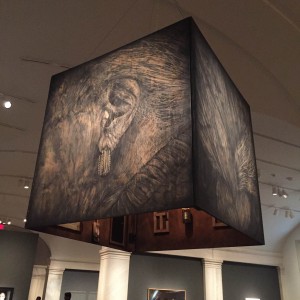 Caja De Memoria Viva II: Constancia Colon Clemente is about the complexities of life and of the mind, and about the human spirit. It’s about taking stock of all the objects and images in one’s head. In short, it’s a piece about aging. As Viajero describes in Life is Art, even the materials that he uses are meant to reflect mortality: “These organic materials, the wood, the charcoal, they’re going to fade…the mediums [sic] I use, they’re not permanent. It’s not acrylic paint. It’s not oil paint. Eventually the charcoal is going to fade, the wood is going to warp. It’s going to crack.” Like any work that is about life, it’s also about death. But that’s not what you feel when you stand beneath it. Everyone seems to circle around the box like fighters around the ring, but looking up all the time, transfixed, muttering, gasping now and then at some newly discovered detail that emphasizes the complexity of the work as a whole. It doesn’t feel like a piece about death. It feels like a piece about life, and looking at it feels like living.
Caja De Memoria Viva II: Constancia Colon Clemente is about the complexities of life and of the mind, and about the human spirit. It’s about taking stock of all the objects and images in one’s head. In short, it’s a piece about aging. As Viajero describes in Life is Art, even the materials that he uses are meant to reflect mortality: “These organic materials, the wood, the charcoal, they’re going to fade…the mediums [sic] I use, they’re not permanent. It’s not acrylic paint. It’s not oil paint. Eventually the charcoal is going to fade, the wood is going to warp. It’s going to crack.” Like any work that is about life, it’s also about death. But that’s not what you feel when you stand beneath it. Everyone seems to circle around the box like fighters around the ring, but looking up all the time, transfixed, muttering, gasping now and then at some newly discovered detail that emphasizes the complexity of the work as a whole. It doesn’t feel like a piece about death. It feels like a piece about life, and looking at it feels like living.

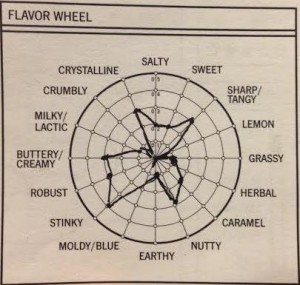
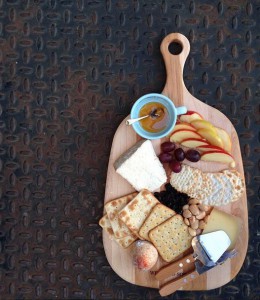
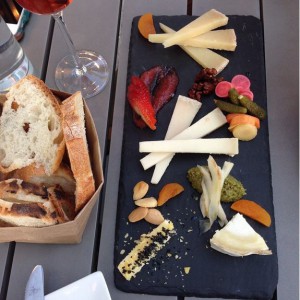
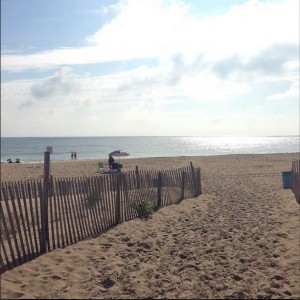
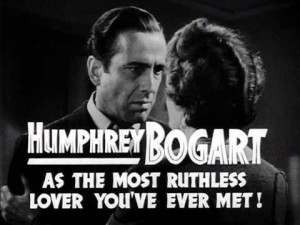 While there is something very personal about 30-day challenges, having someone to share goals and accomplishments with makes it easier to stay on track. I could never have finished my dissertation without the support of my writing group, a fantastic group of scholars that keep each other honest about the work we’re doing and the time we’re wasting.
While there is something very personal about 30-day challenges, having someone to share goals and accomplishments with makes it easier to stay on track. I could never have finished my dissertation without the support of my writing group, a fantastic group of scholars that keep each other honest about the work we’re doing and the time we’re wasting.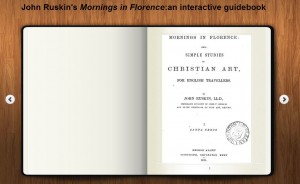 Building the Book
Building the Book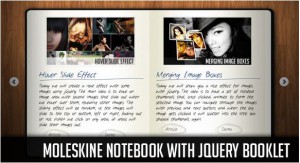

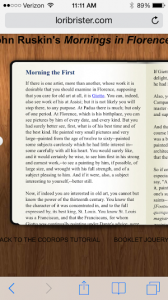
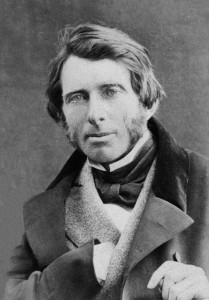
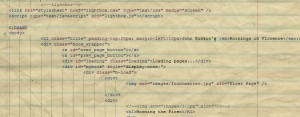
 collector of photographs, books, priceless works of art, and famous friends. Henry James loosely (and not entirely favorably) based at least a couple of characters on her. John Singer Sargent painted
collector of photographs, books, priceless works of art, and famous friends. Henry James loosely (and not entirely favorably) based at least a couple of characters on her. John Singer Sargent painted 

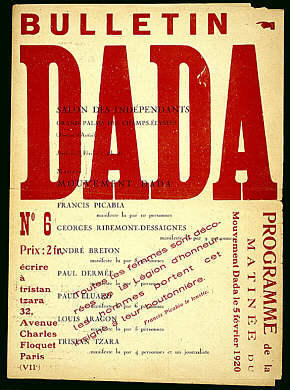

 If you’re like me, you’ve struggled to find balance between all the competing areas of your life–your work, your family, your interests, your health, that new hobby you always wanted to pick up. Every day a new priority reshifts your focus, and as soon as that task is complete, another one falls into your lap. It feels like a never ending cycle of not finding the time to cope with the stress, let alone work towards your goals or, that most illusive of tasks, pursuing your dreams.
If you’re like me, you’ve struggled to find balance between all the competing areas of your life–your work, your family, your interests, your health, that new hobby you always wanted to pick up. Every day a new priority reshifts your focus, and as soon as that task is complete, another one falls into your lap. It feels like a never ending cycle of not finding the time to cope with the stress, let alone work towards your goals or, that most illusive of tasks, pursuing your dreams.
